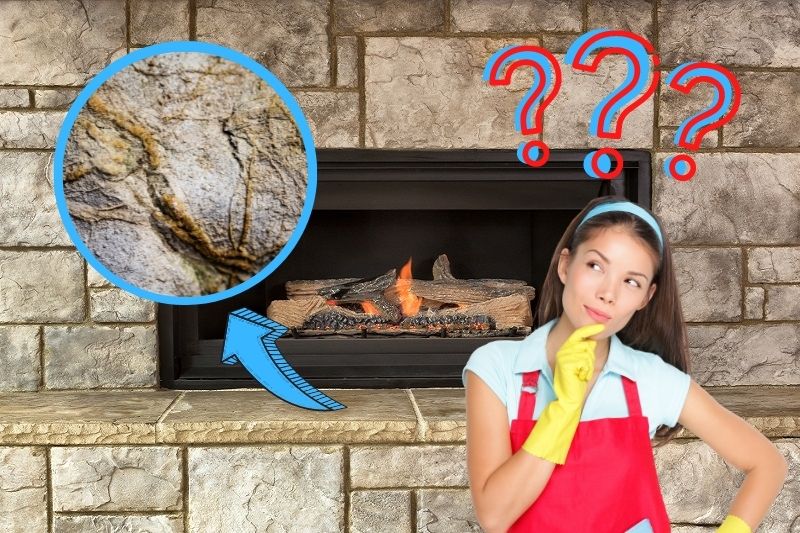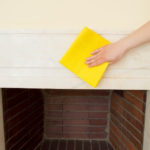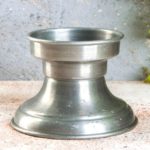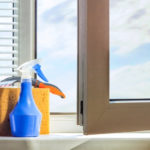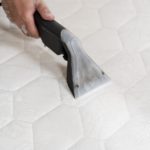Limestone is a useful feature to any house due to its durability, capacity to withstand water, ability to resist wear and tear, and the minimal maintenance required in its upkeep. However, limestone can become dirty easily, especially when it is in a fireplace.
Luckily, the cleaning process is much simpler than you may expect! This article will be outlining the key dos and don’ts when it comes to keeping your limestone in peak condition at all times.
Best Way to Clean Limestone
Limestone is known to get marked up quite easily, due to its pale colour, but there is an easy weekly cleaning routine that you can follow to keep it lovely and untarnished.
All you will need is a vacuum or a soft brush and dustpan, a bucket with some gentle washing-up liquid, and a couple of dry microfibre cloths.
1. Remove dust and dirt
First things first, put something protective on the floor around the area, like some newspaper or a towel, to prevent any debris from getting too far out of the fireplace. Then vacuum the fireplace area or sweep it with the brush and dustpan to get rid of any excess debris.
2. Use a cloth to wipe the fireplace down
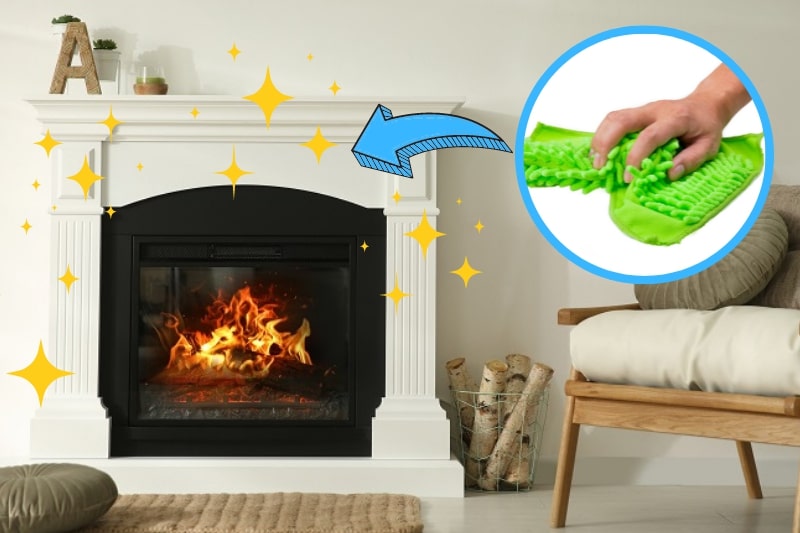
This step is just to ensure you remove any extra dust that could cause damage or scratches to the limestone. Make sure to use a microfibre cloth that will be gentle on the stone.
Wet your microfibre cloth with the warm soapy water in your bucket and squeeze until it’s no longer dripping wet. Gently wipe down the fireplace and make sure to target any areas of particular grime. Keep rinsing the cloth to keep it clean throughout.
You can also consider using a soft toothbrush to get into any harder-to-reach corners.
3. Dry the fireplace
The final step is to use your second microfibre cloth (the dry one) to wipe down the whole fireplace again and dry off any remaining dampness.
Making a Poultice for Stubborn Stains
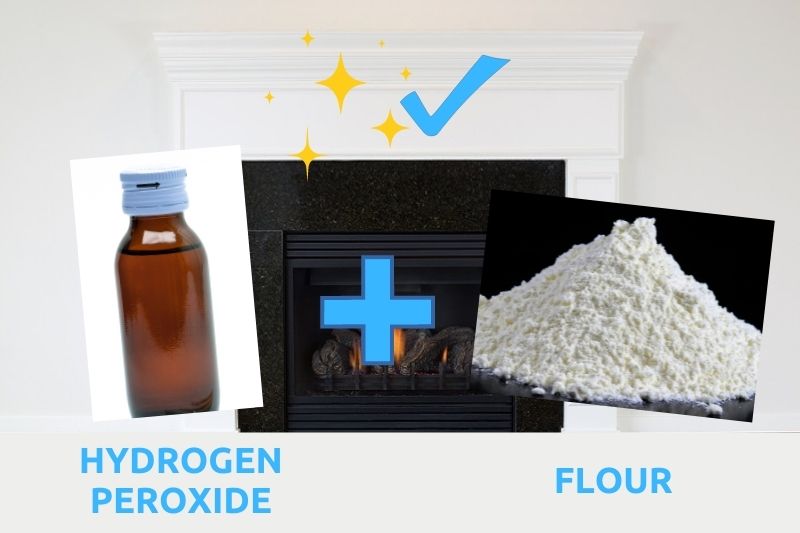
It’s also possible to make a poultice, which is a thick paste that will draw out the stains that are caught deep in the porous limestone.
To create your poultice, try mixing hydrogen peroxide and flour until it is at the consistency of a pancake batter or peanut butter and then wet the area with clean water before applying the paste to the stubborn stains.
Try covering the poultice with plastic of some kind and taping it down to seal the edges. Leave the paste to dry for two days before taking off the plastic and using a spatula or something similar to remove the paste.
Next use clean water to rinse off the paste and then wipe down with a dry microfibre cloth. Try repeating the process if the stain is not fully eradicated.
Should You Seal Your Limestone?
There are ways to fully seal your limestone fireplace to stop it from picking up too much dirt or from getting visibly stained. It does require reapplying every now and then but does an impressive job of keeping liquids from tarnishing your limestone.
Sealants could also slightly darken the limestone so keep that in mind if you’re considering giving this option a try. If you decide to attempt this option, make sure to purchase sealants designed specifically for limestone fireplaces and be sure to read the application instructions carefully.
What to Avoid When Cleaning Limestone

There are many of the classic at-home cleaning methods that absolutely should not be tried when it comes to cleaning your limestone fireplace.
These ingredients to avoid include vinegar, which is acidic due to its low pH levels, and bicarbonate of soda, which is caustic, so combining them would cause a bad reaction on your porous stone fireplace.
Bleach and other acid or ammonia-based cleaning products should also not be used on your limestone, as the harsh chemicals could cause permanent damage. Lemon juice will also cause a reaction with your limestone so should be avoided as well.
How to Prevent Stains on Your Limestone
The best way to prevent stains or damage to your limestone would be to have quick reactions when you notice a spill happening. Wipe up anything that spilled and rinse the surface with clean water before the liquid seeps into the stone.
Avoid harsh chemicals or cleaners that could damage the stone, and make sure not to use hard brushes or any scrubbers that have metal bristles.
Conclusion
Cleaning your limestone fireplace can be an intimidating task, but it’s important to look after the stone and keep it clean and stain-free!

An adventurous book lover with an animal obsession and a proclivity for travel and spontaneity. Used to passionately despise cleaning but has grown to enjoy it thanks to learning all the best tricks and shortcuts to guaranteeing a stress-free routine and a spotless home.
